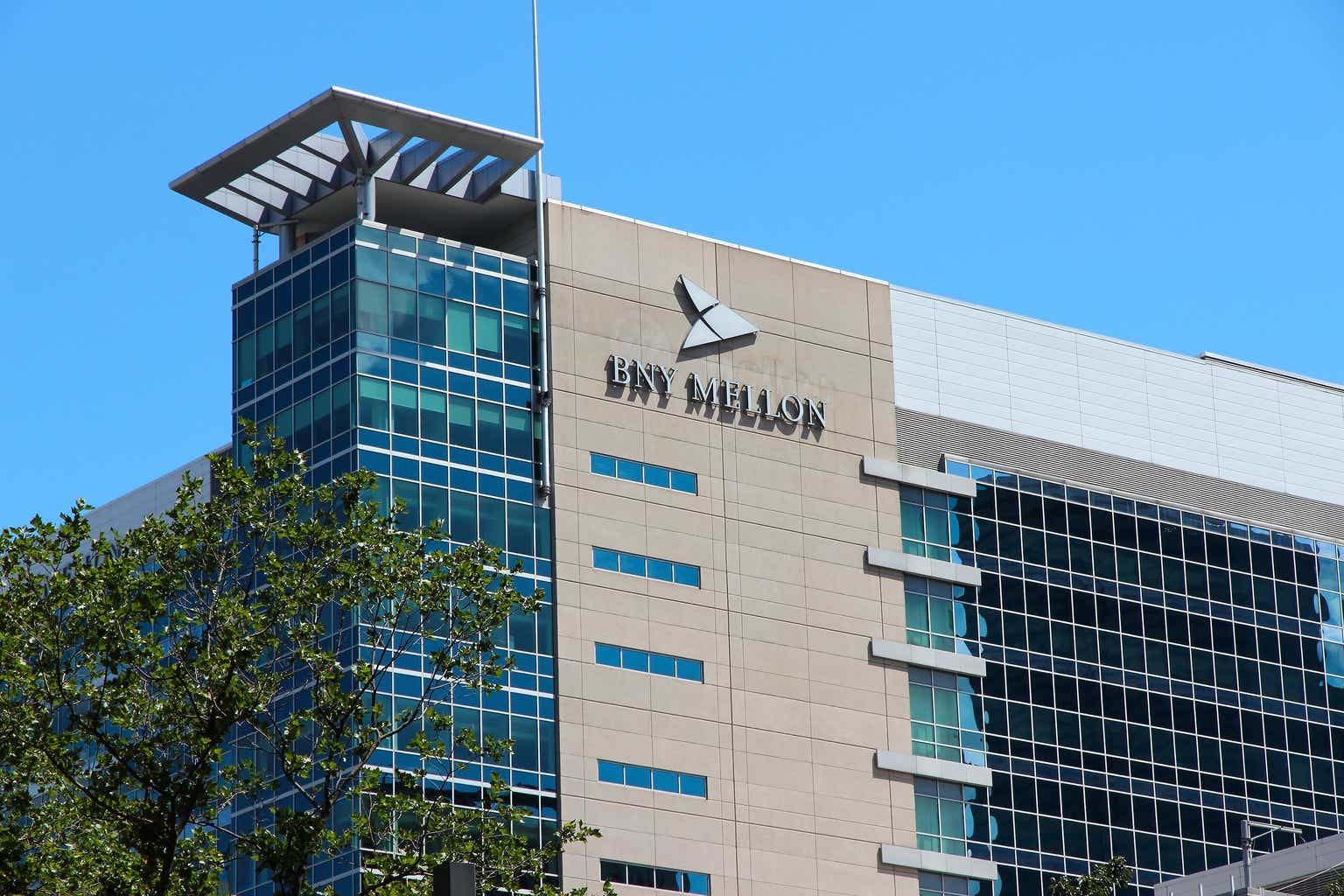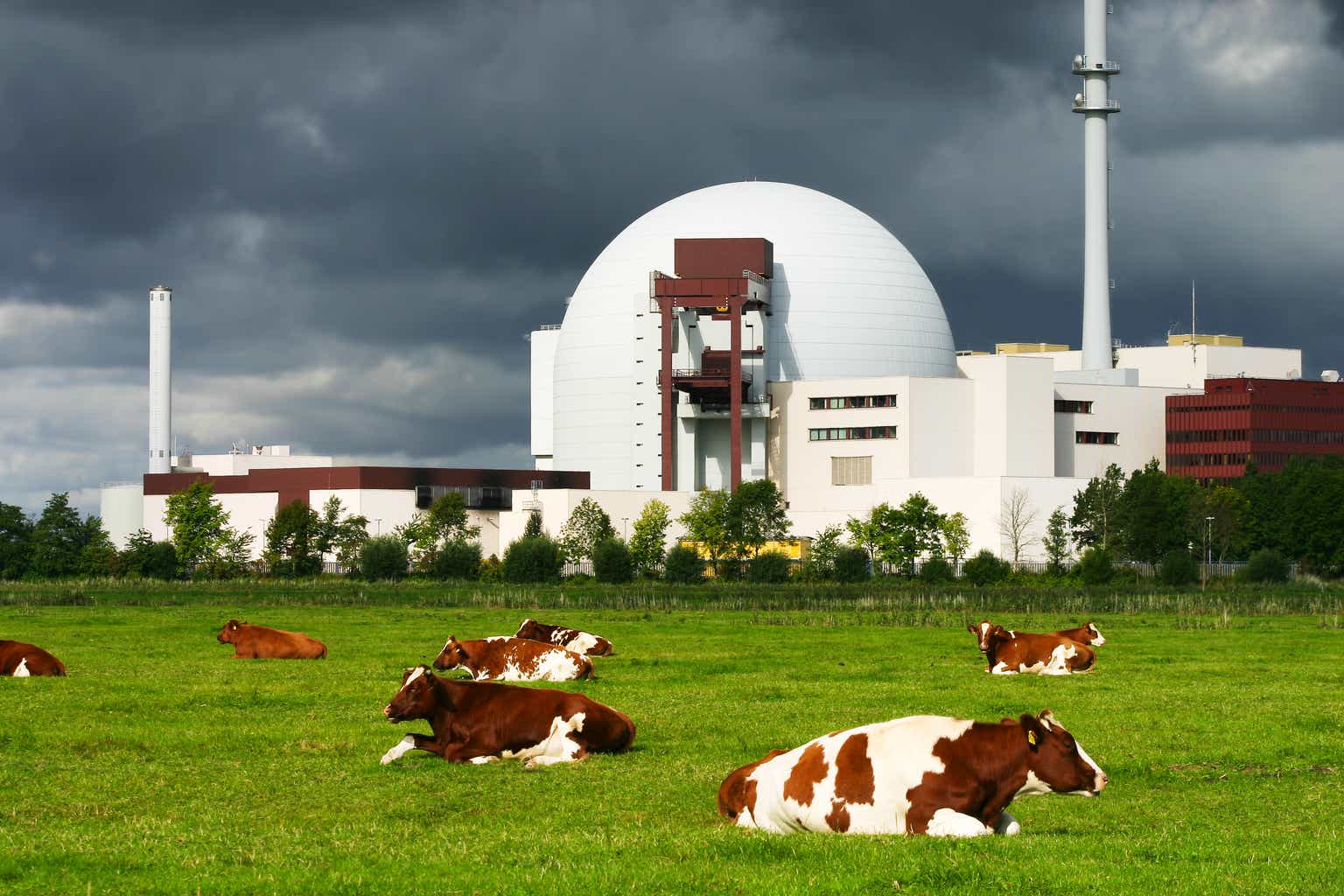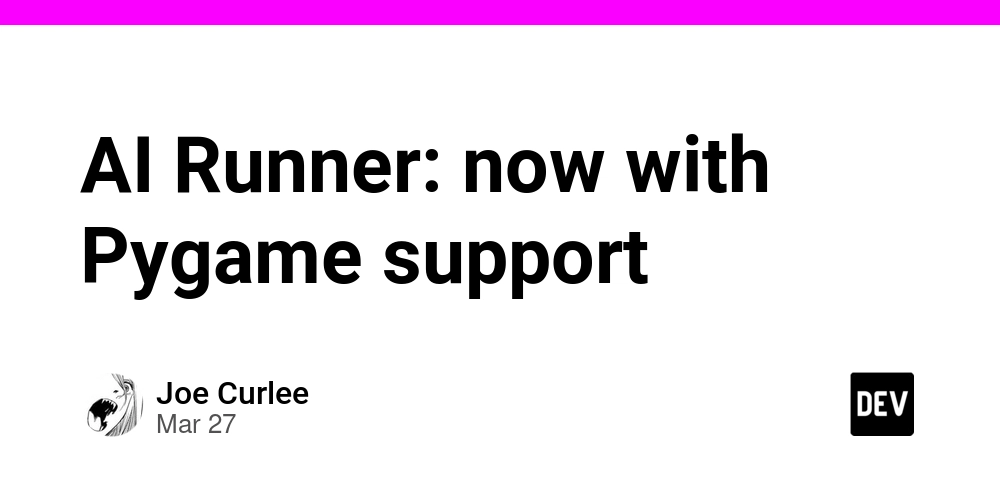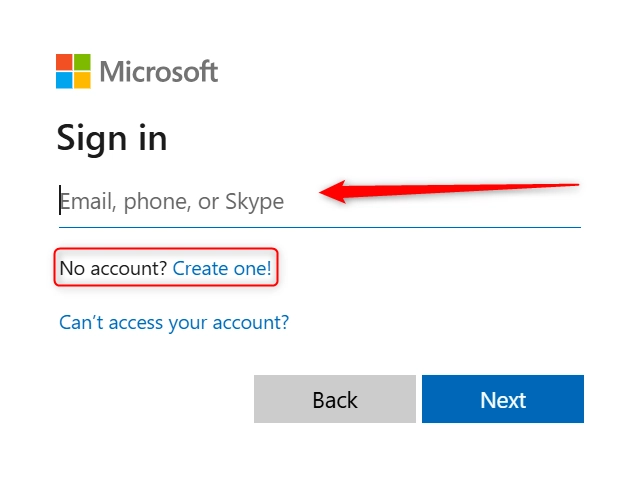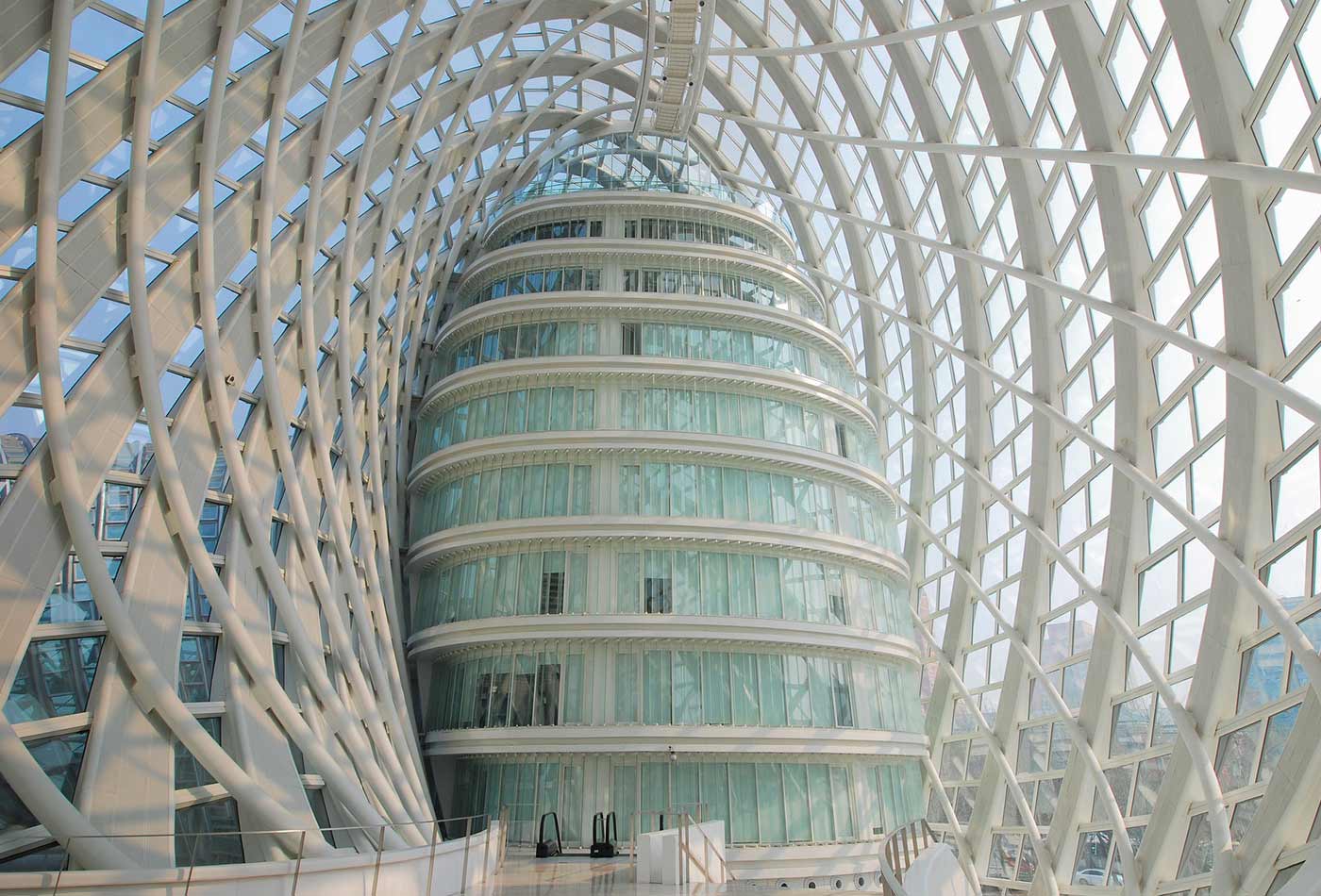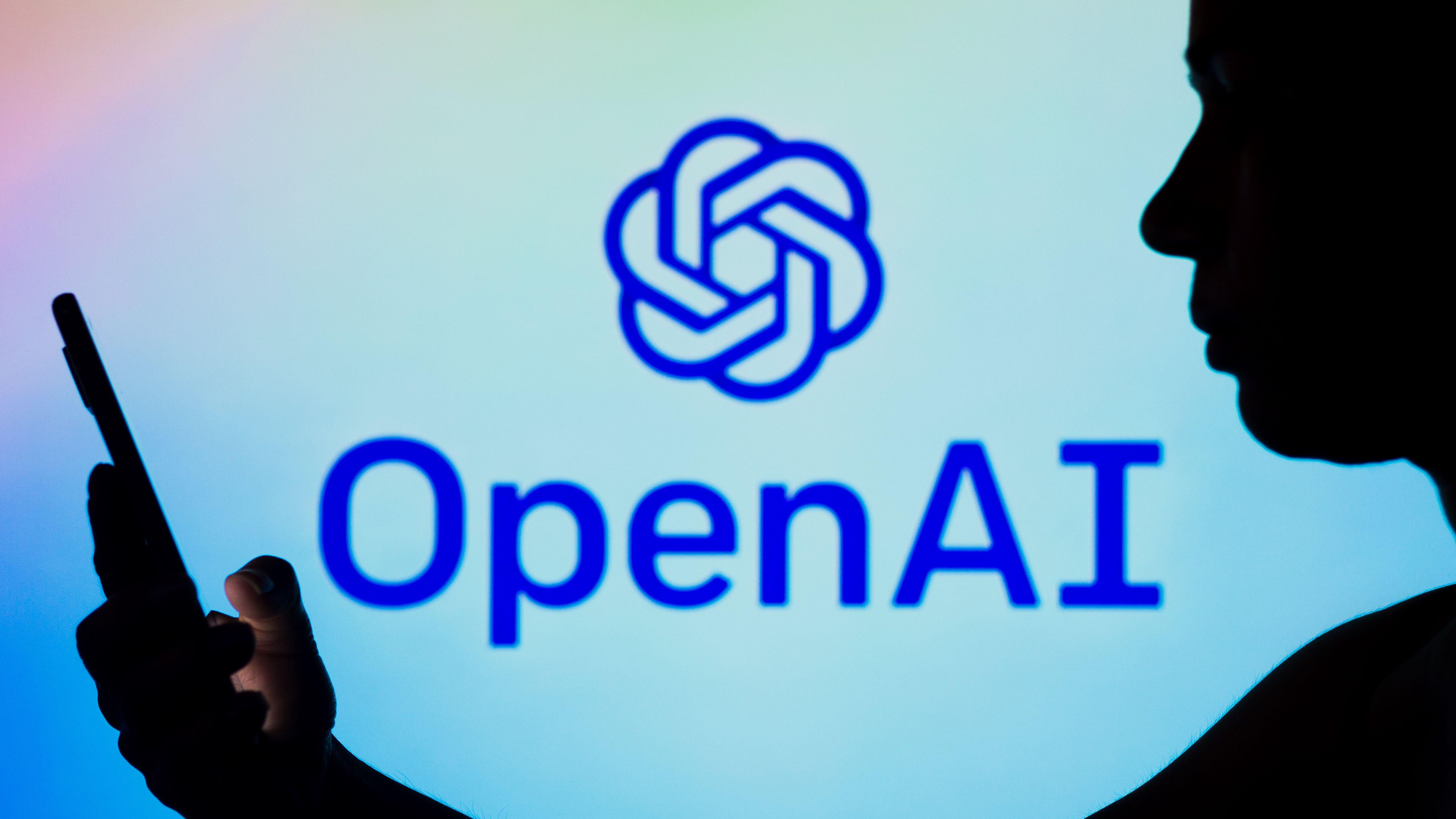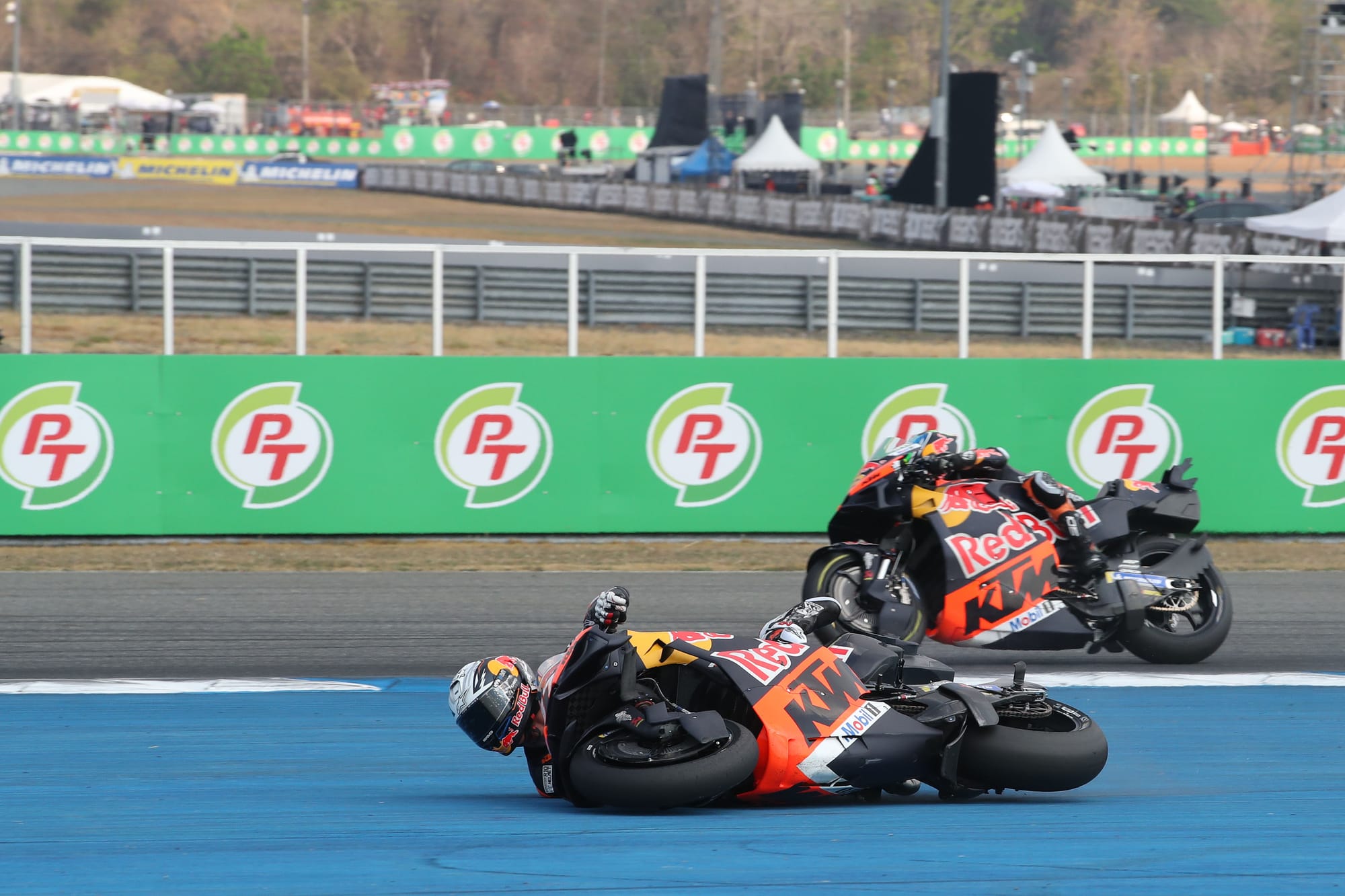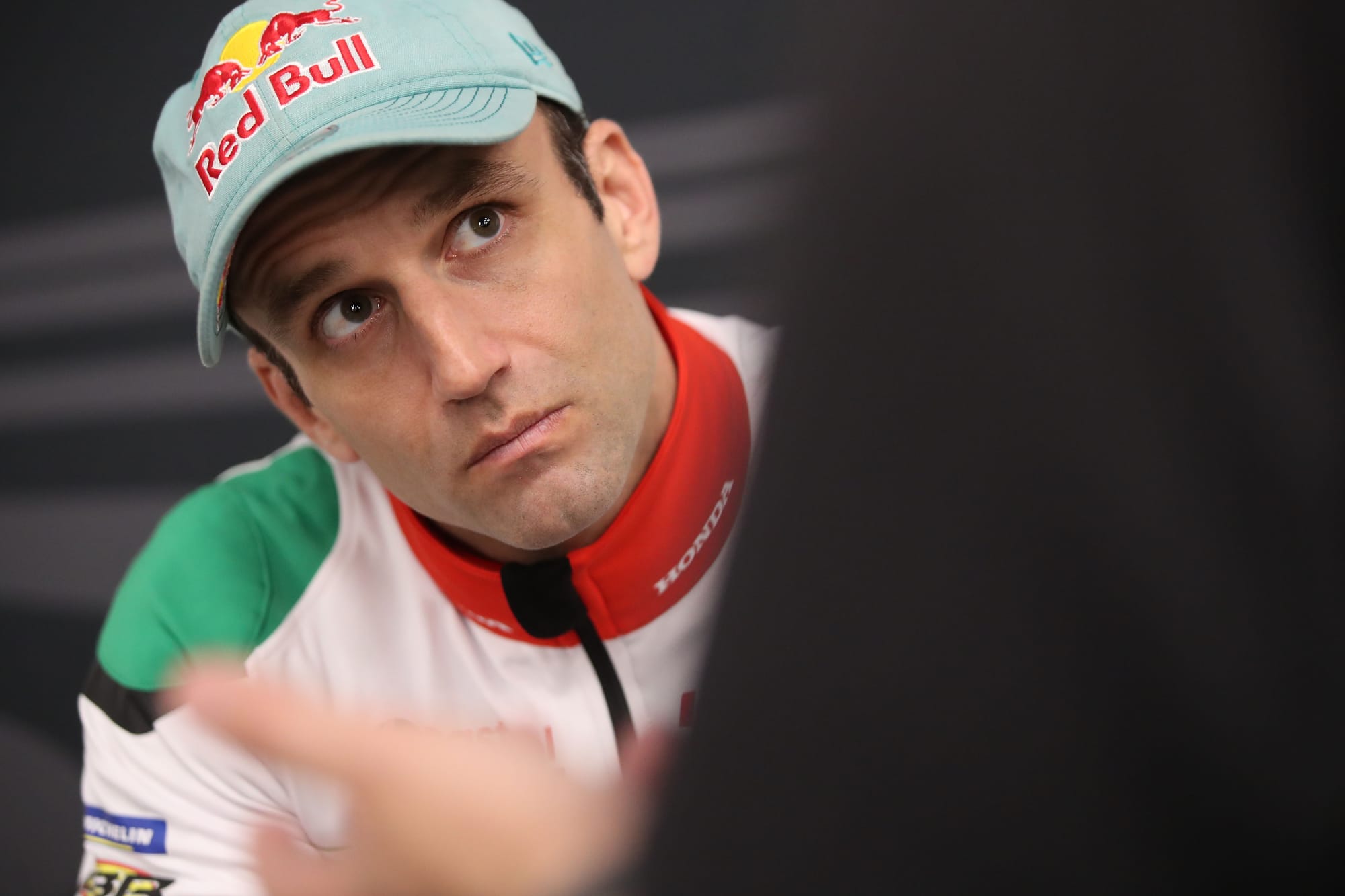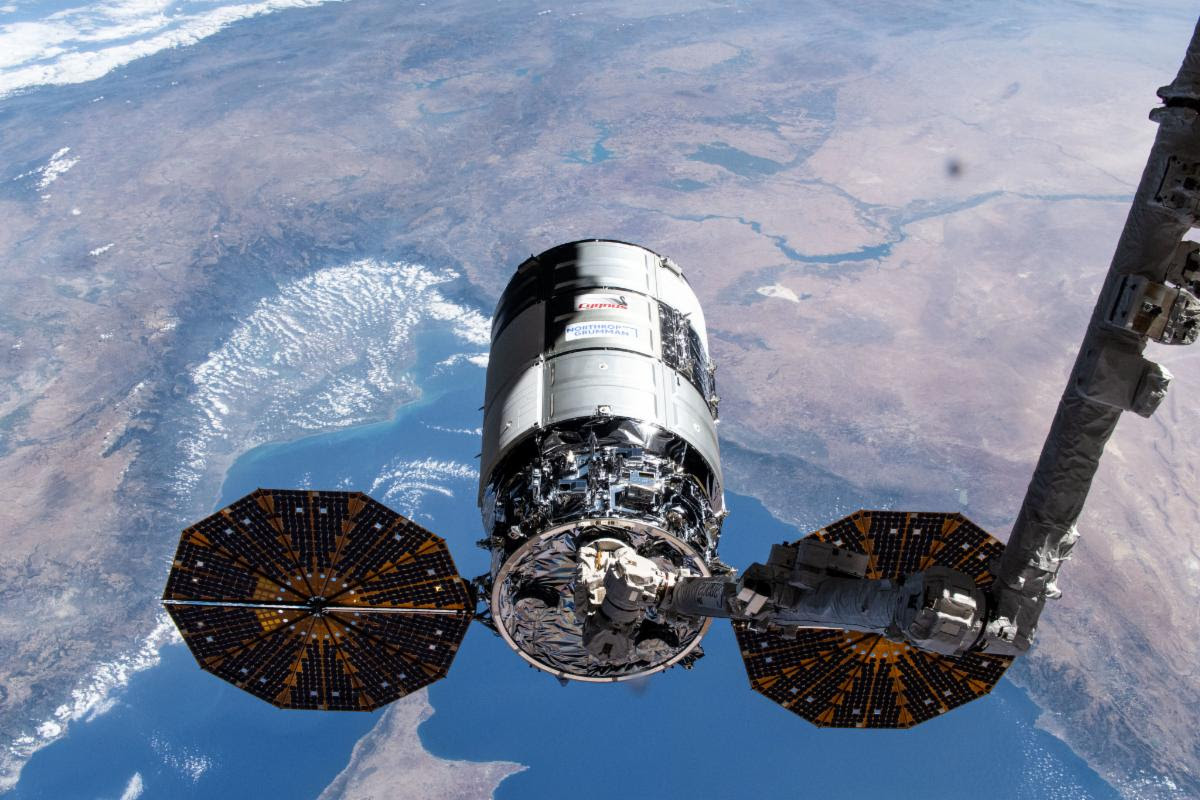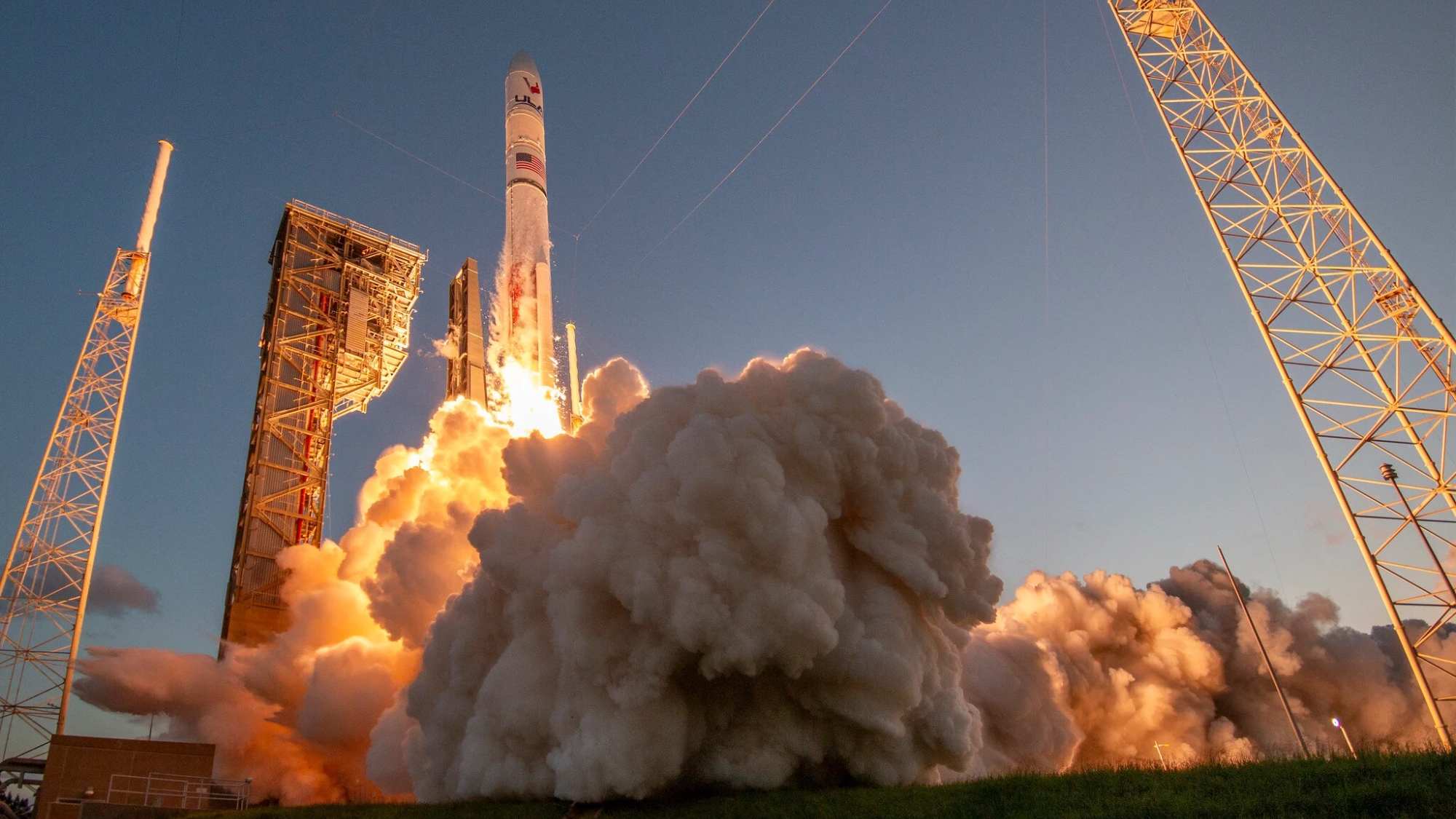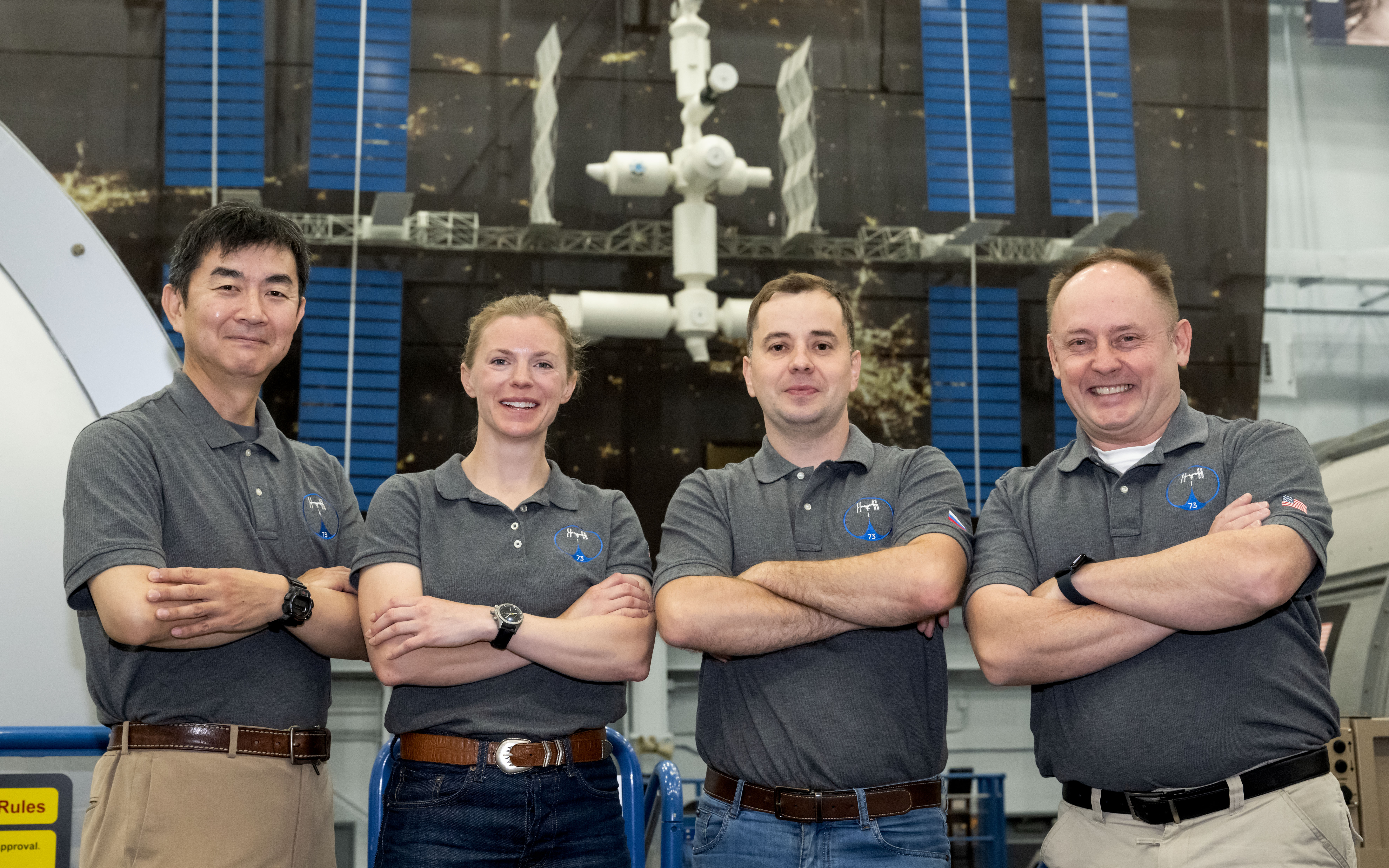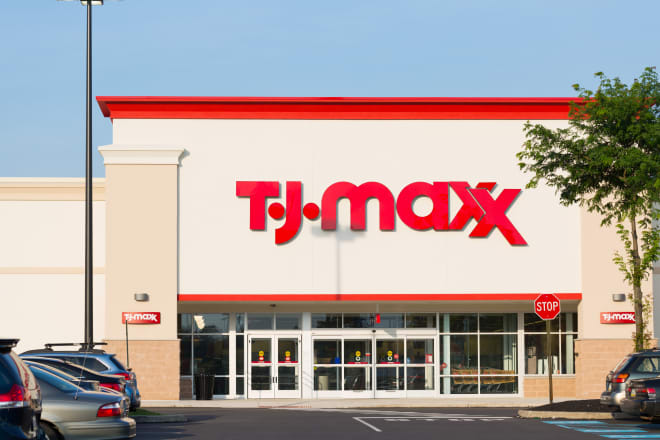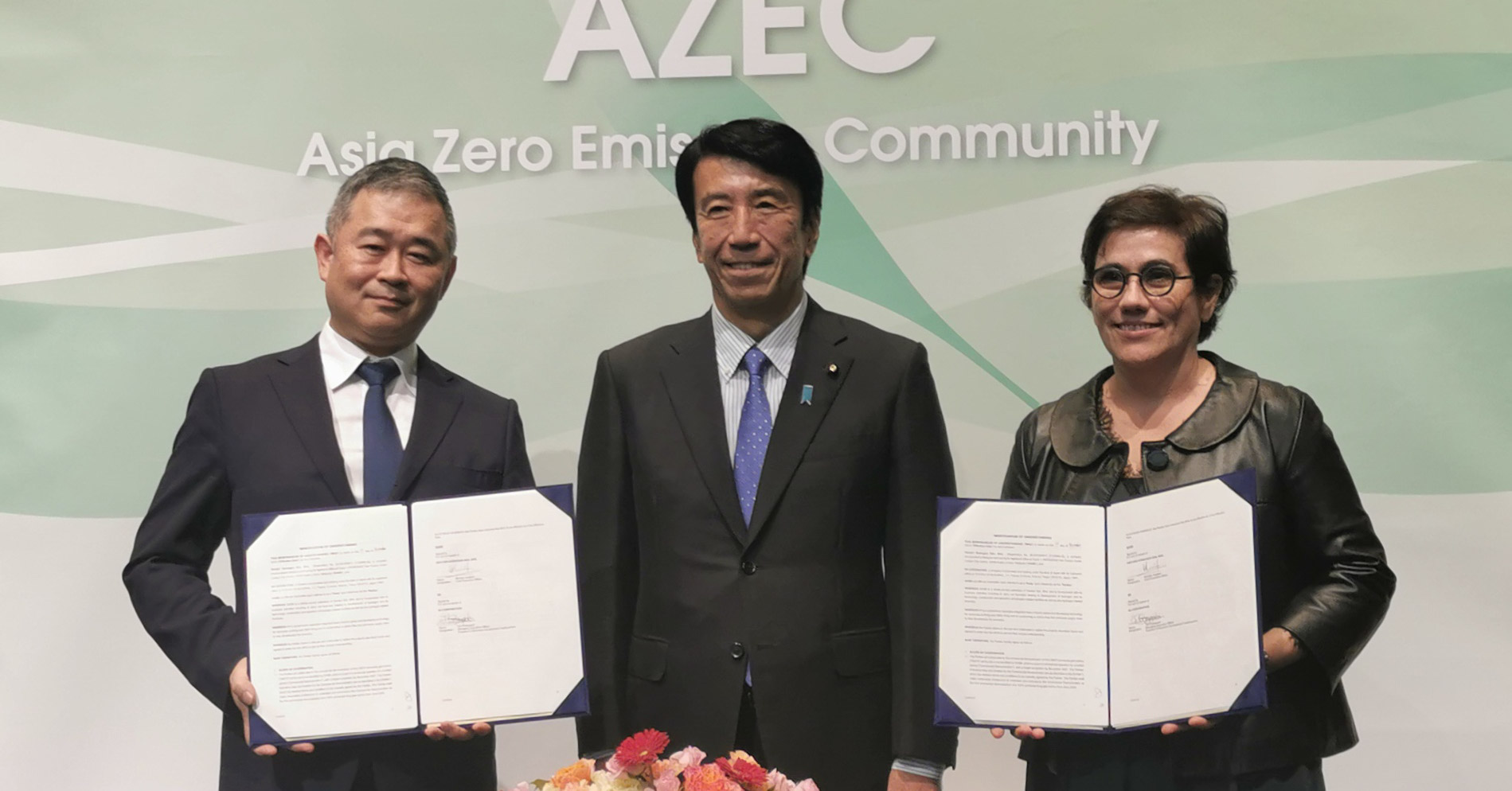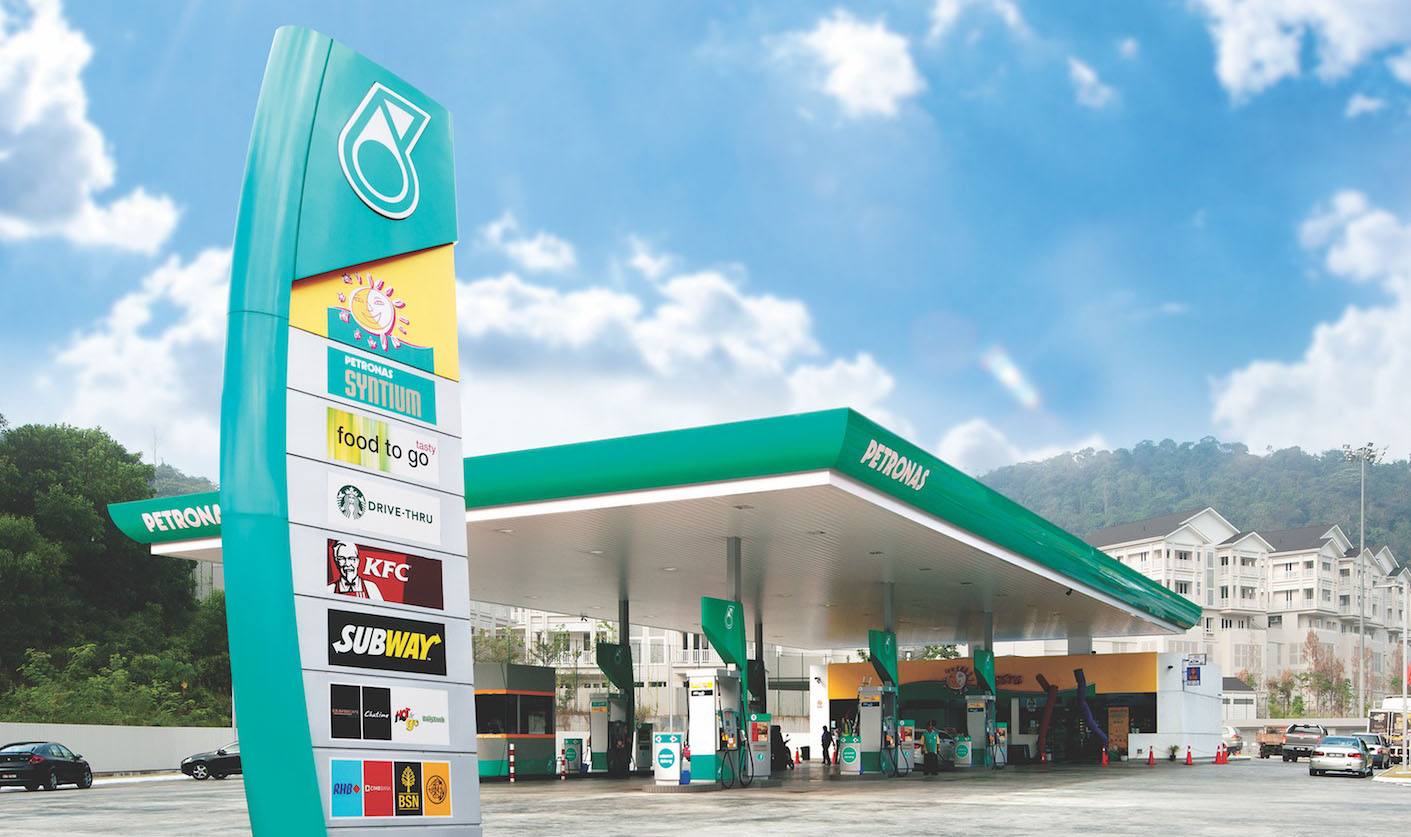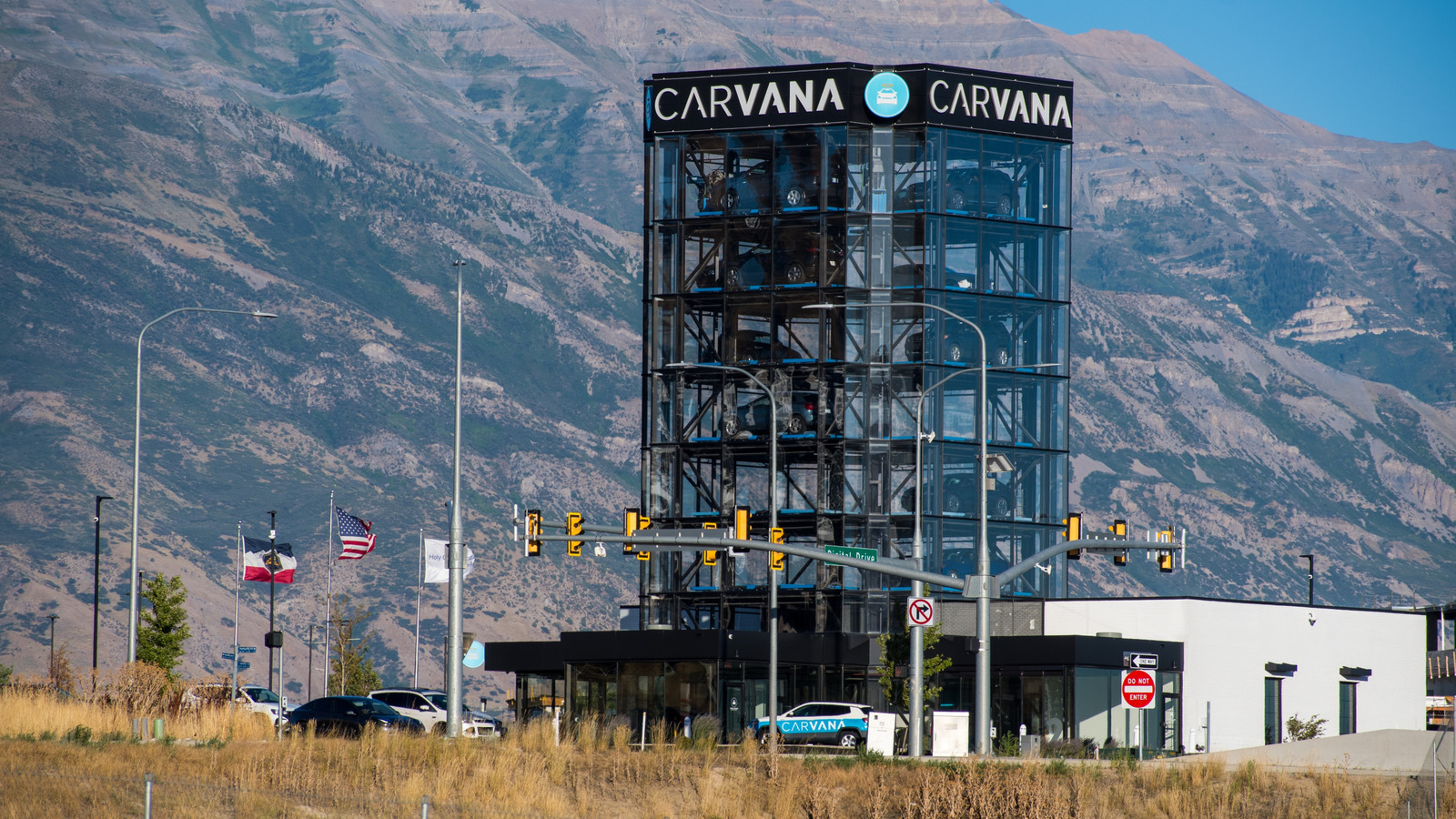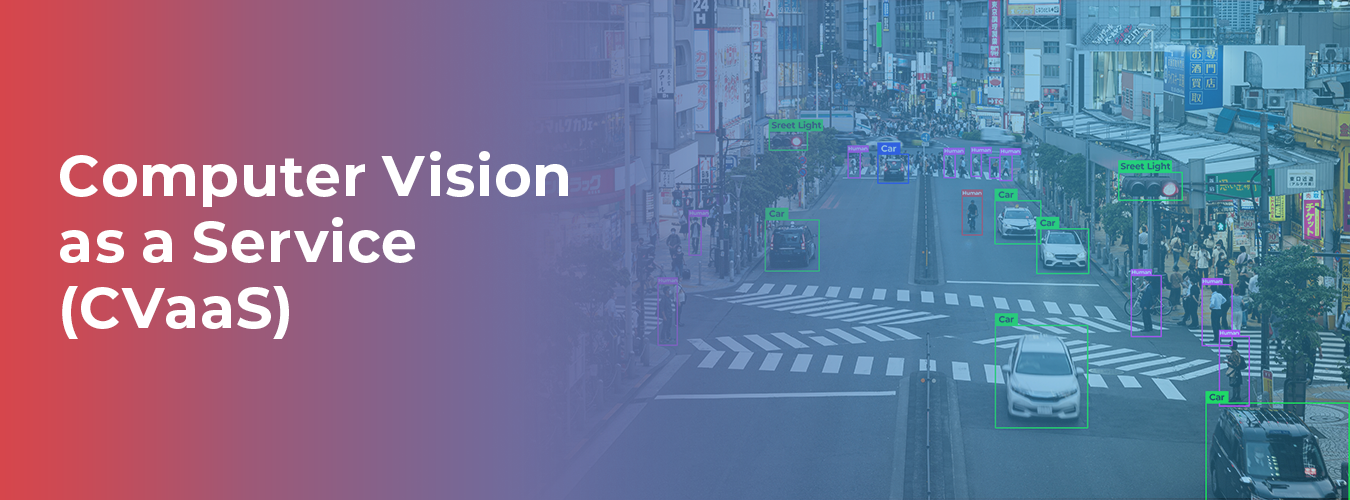Petronas right-sizing workforce for survival – GCEO
Petronas president and group CEO Tan Sri Tengku Muhammad Taufik has said that the company intends to right-size its workforce amidst an evolving and increasingly challenging global operating environment, The Edge reports. “This is not […] The post Petronas right-sizing workforce for survival – GCEO appeared first on Paul Tan's Automotive News.

Petronas president and group CEO Tan Sri Tengku Muhammad Taufik has said that the company intends to right-size its workforce amidst an evolving and increasingly challenging global operating environment, The Edge reports.
“This is not a retrenchment; it is a right-sizing workforce exercise. This is to ensure the survival of Petronas in the coming decades. If we don’t do it now, there will be no Petronas in 10 years,” Muhammad Taufik told a media briefing, adding that the number of jobs that will be affected is still unknown.
In the second half of the year, the new structure will be out, and some employees will be redeployed to new roles while others will be displaced, he said.
The exercise, which mainly aims to reduce “enablers” – those in administrative roles – is expected to be completed by year-end. Petronas currently has 15,000-16,000 enablers out of its 52,000-53,000 global workforce, and this ratio is above industry average.
Muhammad Taufik stressed that the right-sizing is not a result of the Sarawak government’s request to take over the gas aggregator role from Petronas in the gas-producing state.
It is better to make such a move when the company is financially sound, instead of waiting until Petronas is forced to cut jobs due to shrinking business, he said, adding that this is a hard and bitter pill that the company needs to swallow.
Upstream development projects will be more risky and difficult due to geological factors, which will eat into Petronas’ share in its production sharing contracts (PSCs) as its partners will require a bigger share for the high risks they need to bear.
Subsequently, the lucrative margins Petronas now enjoys will shrink over the years, to low double digits from above 20% currently, added Muhammad Taufik, who has led the national oil company since July 2020.
Moving forward, he said Petronas cannot be confined to only a few products. The trend is to provide a complex web of products to clients, Muhammad Taufik said, citing blue ammonia as an example – clean gas produced from hydrocarbons, whose carbon dioxide component is separated and stored using carbon capture, utilisation and storage (CCUS) technology.
Hence, Petronas has to be cost-efficient and nimble to respond to new market dynamics, and for it to remain viable, it must “go sharp and fast”, and operate in a cost-effective manner, he said.
Muhammad Taufik emphasised that the right-sizing, which will be transparent and be undertaken by a task force, is not to cut costs to achieve certain profit targets.
Shell and ExxonMobil also recently announced job cuts amidst rising volatility and the long-term decline of oil prices. Shell cut 20% of its workforce in two exploration subdivisions while ExxonMobil expects to slash nearly 400 jobs by 2026, following the acquisition of a shale producer in Texas.
Petronas’ last such review was in 2016, at the peak of a downturn, when it announced 1,000 job cuts that represented under 2% of its over-50,000 workforce then.
As its oil and gas sale and distribution exposure narrows, Petronas’ long-term role could focus on upstream exploration, as well as processing products from hydrocarbons, in line with its petrochemical segment’s expansion into specialty chemicals. The group is also looking at commercialising technology, best practices, and renewable energy.
In its growth journey, Petronas has incurred high consultancy costs and could do more in centralising its applications and processes, its staff heard during a town hall meeting last Wednesday. There was red tape, including too many committees, that slowed the decision-making process.
Besides the long-term oil price downtrend, market uncertainties include the potential for lower-cost producer Russia to supply hydrocarbon to its allies, including Petronas’ clients, as well as the possibility of a drilling bonanza in the US as endorsed by Donald Trump, the staff were told.
Petronas, which has channelled RM1.2 trillion to the government since its inception and RM235 billion worth of dividends in just the last five years, has been weathering multiple headwinds over the past decade.
Besides oil price volatility and rising scrutiny towards carbon emissions, which led to higher operating costs and tighter financing conditions, Petronas has had to contend with volatility in petrochemical demand, higher dividends to the federal government, and higher oil revenue and sales tax paid to Sabah and Sarawak in response to demands for a fairer share of resource revenue under the Malaysia Agreement 1963.
It is also facing depleting hydrocarbon resources in Malaysia, and is competing with other energy giants in green energy. It is spearheading one of the largest offshore deepwater carbon capture projects in the world in Sarawak, to prepare for the global energy transition.
For the six months ended June 30, 2024, Petronas booked a net profit of RM32.38 billion on revenue of RM156.9 billion. Capital expenditure totalled RM25.72 billion. Its cash balance stood at RM217.44 billion as at end-June, against borrowings of RM114.59 billion, giving it a net cash position of RM102.85 billion.
The post Petronas right-sizing workforce for survival – GCEO appeared first on Paul Tan's Automotive News.





